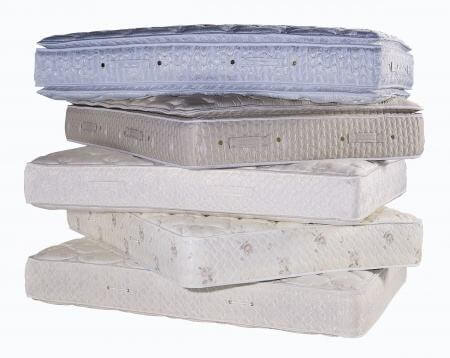Flame retardants have been controversial for years, and chances are good they’re in your mattress. If you’ve read our latest newsletter or been following the news about California’s TB 117 reform you may be wondering what to do next.
If you have discovered that your mattress contains flame retardants, there are a couple things you need to remain mindful of, such as:
So are flame retardants really necessary in furniture? California seems not to think so anymore, and many people are coming onboard with this idea especially in view of the fact that these chemicals are showing up in breast milk. We’ll talk about that in another post in the near future.
In the meantime, remember the bullet points above plus polyurethane foam is more than likely not only in your mattress but, possibly, other items in your household. The majority of PU foam contains flame retardants, because it is highly flammable.
If you remember the tragic night club fire that killed 100 people in Rhode Island at The Station not that many years ago, you are keenly aware that it takes only seconds for it to ignite. Most people don’t set off fireworks in its presence, as was the case in this event.
The chemical industry and its associations push their agenda.
Environmentalists and health advocates push theirs.
So who is right? We are hard-pressed to say at this point in time, although you can guess which way we lean.
We can’t tell you what you need to do, but we can offer our findings for you to explore and make your own decisions. We’ll continue to discuss this issue in future blog posts and welcome your comments below.
Prev: How to Pump Out a Flooded Basement: Wet Vac vs. Sump PumpNext: 3 Red Flags on the Way to Water DamageView All Resources